Lycopene, which makes fruits and vegetables such as tomatoes red, improves the efficiency of perovskite solar cells.
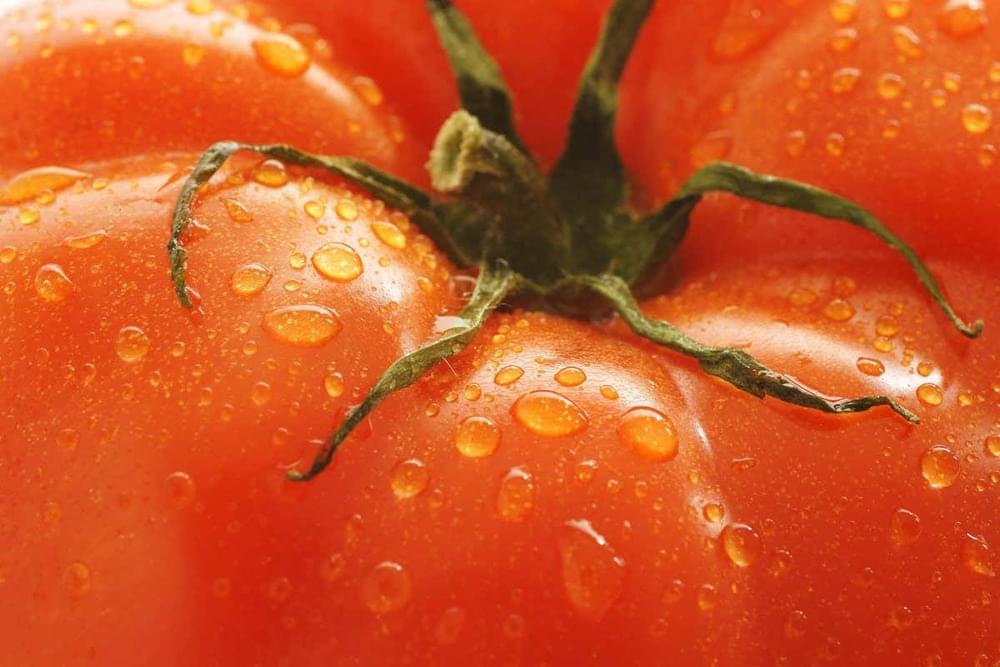

The tower, which was designed by Kenyan architects under the Arprim Consultants, is fitted with solar panels and supplies its own clean energy during the day.
The tower was launched by President Uhuru Kenyatta.

Circa 2021
Perovskite quantum dots film has better mechanical stability and structural integrity compared to bulk thin film. Here, the authors demonstrate higher endurance of quantum dot films and develop hybrid CsPbI3 QD/PCBM device with PCE of 15.1% and 12.3% on rigid and flexible substrates, respectively.
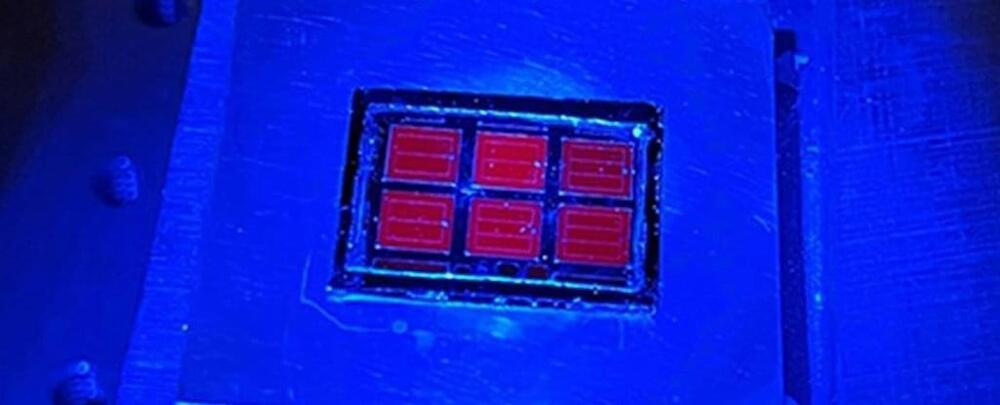
“there’s a new record to report: a new solar cell has hit 39.5 percent efficiency ”.
Scientists keep on pushing the efficiency of solar panels higher and higher, and there’s a new record to report: a new solar cell has hit 39.5 percent efficiency under the standard 1-sun global illumination conditions.
That 1-sun marker is simply a standardized way of measuring a fixed amount of sunlight, and almost 40 percent of that radiation can now be converted into electricity. The previous record for this type of solar panel material was 39.2 percent efficiency.
There are more types of solar cells around than you might have realized. The type used here, triple-junction III-V tandem solar cells, are often deployed in satellites and space vehicles, though they have plenty of potential here on solid ground as well.
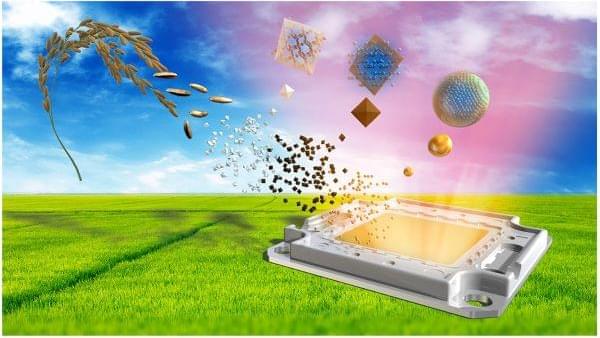
From TVs, to solar cells, to cutting-edge cancer treatments, quantum dots are beginning to exhibit their unique potential in many fields, but manufacturing them at scale would raise some issues concerning the environment. Scientists at Japan’s Hiroshima University have demonstrated a greener path forward in this area, by using discarded rice husks to produce the world’s first silicon quantum dot LED light.
“Since typical quantum dots often involve toxic material, such as cadmium, lead, or other heavy metals, environmental concerns have been frequently deliberated when using nanomaterials,” said Ken-ichi Saitow, lead study author and a professor of chemistry at Hiroshima University. “Our proposed process and fabrication method for quantum dots minimizes these concerns.”
The type of quantum dots pursued by Saitow and his team are silicon quantum dots, which eschew heavy metals and offer some other benefits, too. Their stability and higher operating temperatures makes them one of the leading candidates for use in quantum computing, while their non-toxic nature also makes them suitable for use in medical applications.

But it comes with an extra-long keel. Sailing through the seas is full of adventures, but you miss 29 percent of the world when you’re on a yacht.
The Air Yacht uses solar energy as an extra power source thanks to two solar-powered blimps instead of traditional parallel hulls.
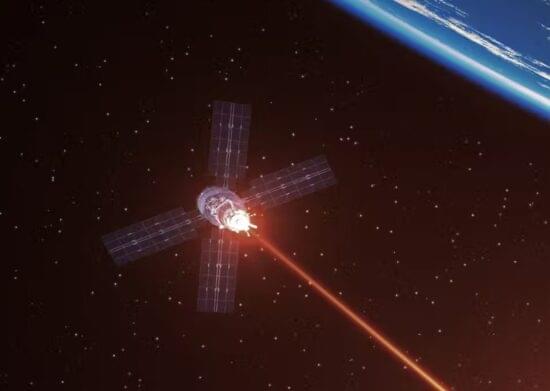
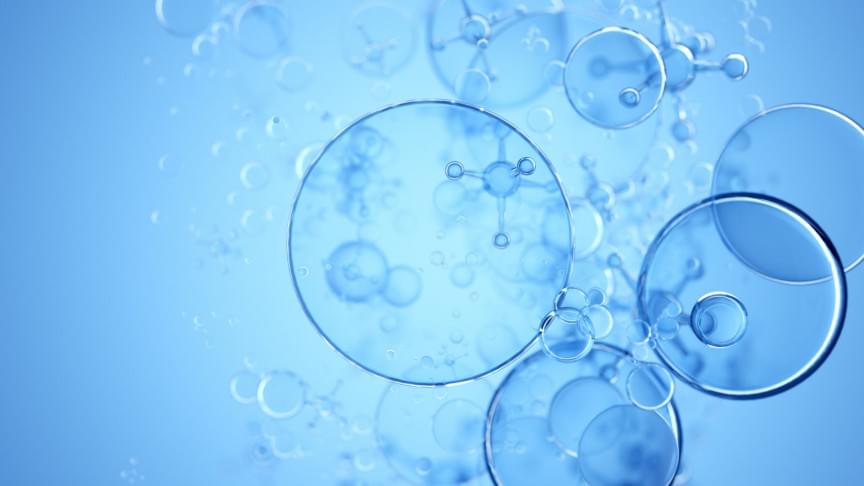

Today a state-of-the-art solar panel on Earth can convert between 20 to 30% of the energy it collects from sunlight into electricity. At night solar panels here contribute nothing. But in space with nothing to block the Sun, that same Earth-based solar panel becomes thirteen times more efficient. And that is enough of an incentive to consider solar power from space.
The Chinese and UK models are massive arrays located in geosynchronous orbit while continuously beaming energy to receiving stations here on Earth.
The US model is different using a constellation of solar power generating satellites. These would be in relatively low orbits and interconnected to form a mesh network. The total network would generate continuous energy beaming it to the surface even when a portion of it gets blocked when the satellites enter the night side of the planet.
In this two-part posting, we look at the Chinese and UK models.